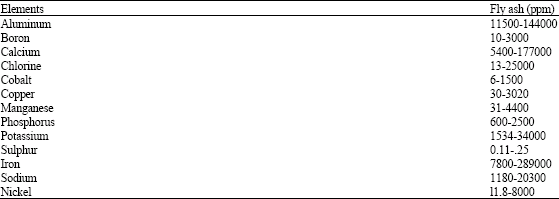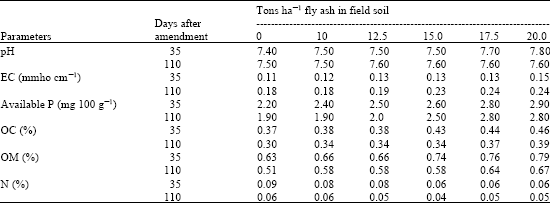Research Article
Use of Flyash in Agriculture: A Way to Improve Soil Fertility and its Productivity
Department of Soil Science and Agricultural Chemistry, Institute of Agricultural Sciences, Banaras Hindu University, Varanasi-221005, India
A.K. Ghosh
Department of Soil Science and Agricultural Chemistry, Institute of Agricultural Sciences, Banaras Hindu University, Varanasi-221005, India
Dileep Kumar
Department of Soil Science and Agricultural Chemistry, Institute of Agricultural Sciences, Banaras Hindu University, Varanasi-221005, India
















Malaya Chetia Reply
Very good paper
Jagjit Singh Reply
This is a great idea, can you send me the contact numbers or E mail ID to know more about this....